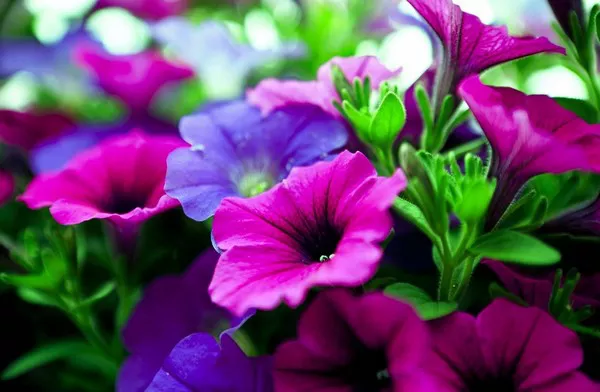Flowers bring vibrant colors and natural beauty to our gardens, but when we notice holes in their leaves, it can be a cause for concern. Understanding the causes behind these leaf punctures is essential in maintaining the health and vitality of our beloved floral companions. In this comprehensive guide, we will explore the various factors that contribute to holes in flower leaves, from insect pests to diseases and environmental stressors.
1. Insect Pests
One of the most common culprits responsible for holes in flower leaves is insect pests. These tiny creatures feed on the plant’s foliage, leaving behind unsightly perforations. Some common insect pests that damage flower leaves include:
a) Caterpillars: Caterpillars, such as the cabbage worm or cutworms, chew irregular holes in leaves, often leaving behind droppings near the damaged areas.
b) Beetles: Various types of beetles like flea beetles or Japanese beetles can devour flower leaves, creating characteristic round holes.
c) Slugs and snails: These mollusks leave large, irregular-shaped holes in flower leaves, often accompanied by shiny trails of slime.
d) Aphids: While aphids are more known for causing curling or distortion of leaves, heavy infestations can lead to small holes or stippling.
Prevention and control measures for insect pests include regular inspection of plants, physical removal of pests, introducing beneficial insects, using organic insecticides, or employing protective barriers like row covers.
2. Diseases
Several diseases can also cause holes in flower leaves. Fungal and bacterial infections can weaken the foliage, resulting in characteristic lesions and perforations. Here are a few common diseases associated with hole formation:
a) Anthracnose: This fungal disease causes irregularly-shaped lesions with sunken centers, leading to the formation of holes in flower leaves.
b) Leaf spots: Various fungal and bacterial leaf spot diseases can result in the development of small or large holes on the leaves.
c) Rust: Rust fungi can cause raised, reddish-brown pustules on leaf surfaces. Over time, these pustules can lead to the formation of holes.
d) Blight: Certain blight diseases, such as fire blight, can cause necrotic areas on leaves that may eventually develop into holes.
To manage diseases, it is important to practice good sanitation, remove infected plant material, provide adequate airflow, and treat with appropriate fungicides or bactericides as needed.
3. Environmental Stressors
Environmental factors can contribute to the formation of holes in flower leaves. Plants experiencing stress are more vulnerable to damage from pests and diseases. Common environmental stressors include:
a) Drought: Lack of water can weaken plants, making them prone to pest attacks and disease. Stressed leaves are often more susceptible to perforations.
b) Heat stress: Extreme heat can cause physiological changes in plants, leading to weakened foliage and increased susceptibility to pests and diseases.
c) Nutritional deficiencies: Inadequate nutrient levels in the soil can result in weak and damaged leaves, making them more susceptible to insect feeding.
d) Physical damage: Mechanical injuries caused by improper pruning, hailstorms, or accidental impacts can create holes in flower leaves.
To mitigate environmental stressors, ensure proper watering, provide shade during heatwaves, maintain a balanced fertilizer regimen, and handle plants with care to minimize physical damage.
4. Cultural Practices
Certain cultural practices can inadvertently contribute to leaf damage in flowers. These practices include:
a) Overcrowding: When plants are overcrowded, there is reduced airflow, creating a favorable environment for pests and diseases.
b) Improper watering: Overwatering or allowing water to sit on leaves can promote fungal and bacterial growth, increasing the risk of developing holes.
c) Improper fertilization: Excessive use of nitrogen-rich fertilizers can lead to lush foliage, attracting pests like aphids or beetles that cause leaf perforations.
d) Lack of maintenance: Neglecting routine garden maintenance, such as removing dead or damaged leaves, can create an environment conducive to pests and diseases.
By following proper cultural practices, such as maintaining appropriate spacing between plants, practicing responsible watering techniques, utilizing balanced fertilizers, and regular plant maintenance, the risk of developing holes in flower leaves can be minimized.
Conclusion
Holes in flower leaves can be attributed to various factors, including insect pests, diseases, environmental stressors, and cultural practices. Identifying the specific cause is crucial for implementing effective prevention and control measures. By practicing good garden hygiene, employing natural pest control methods, providing optimal growing conditions, and promptly addressing any issues, you can ensure healthy, hole-free leaves on your precious flowers. Remember that a well-maintained garden promotes not only the beauty of your blooms but also the overall vitality and resilience of your plant life.


